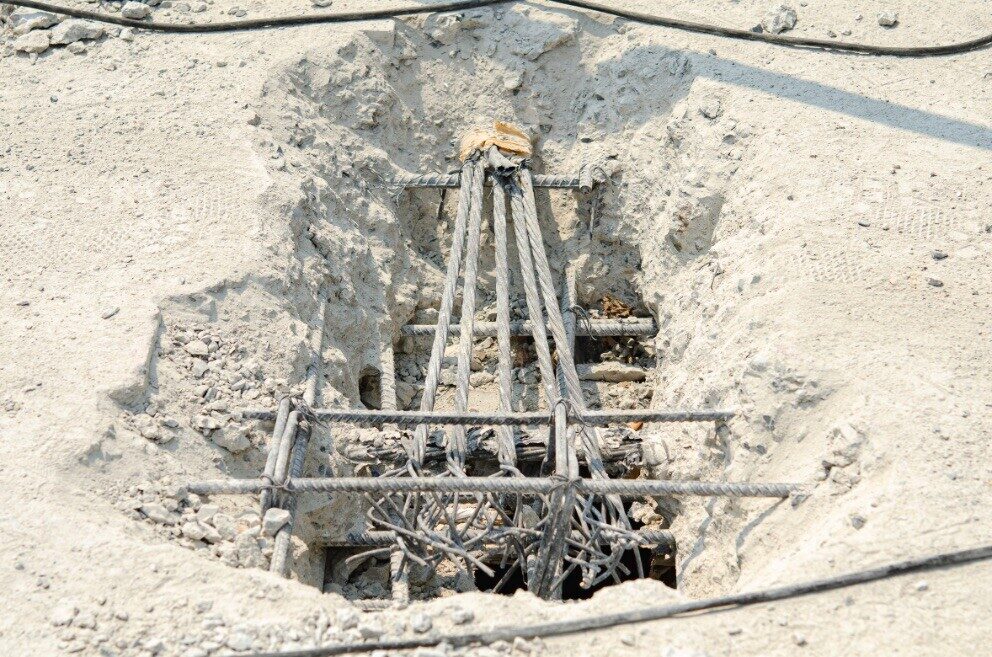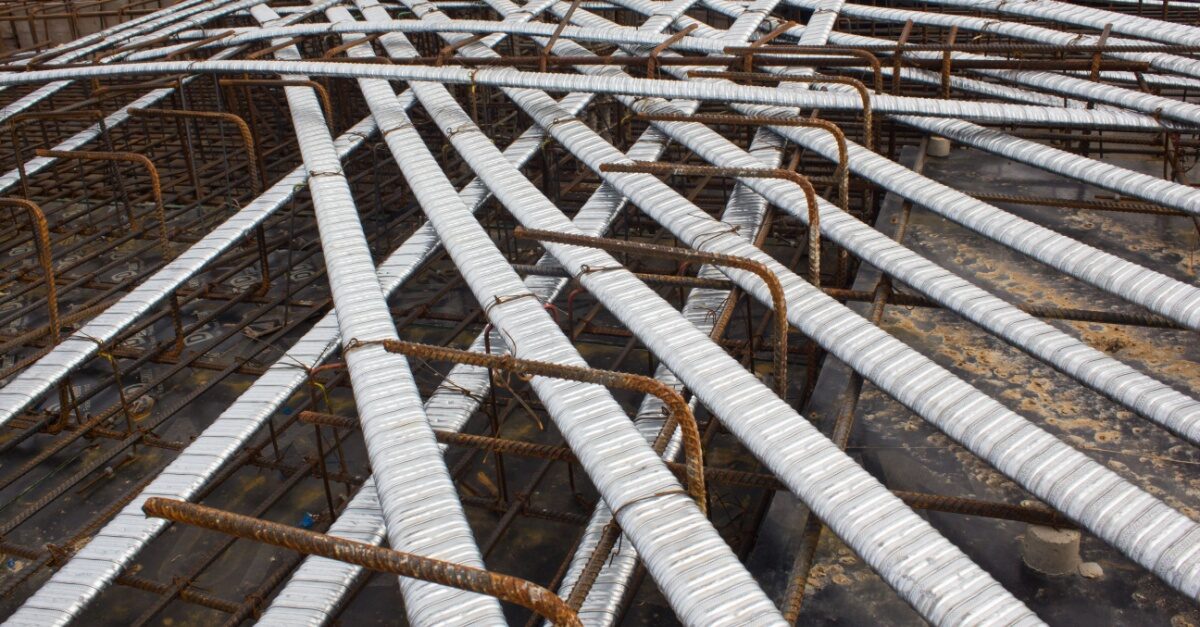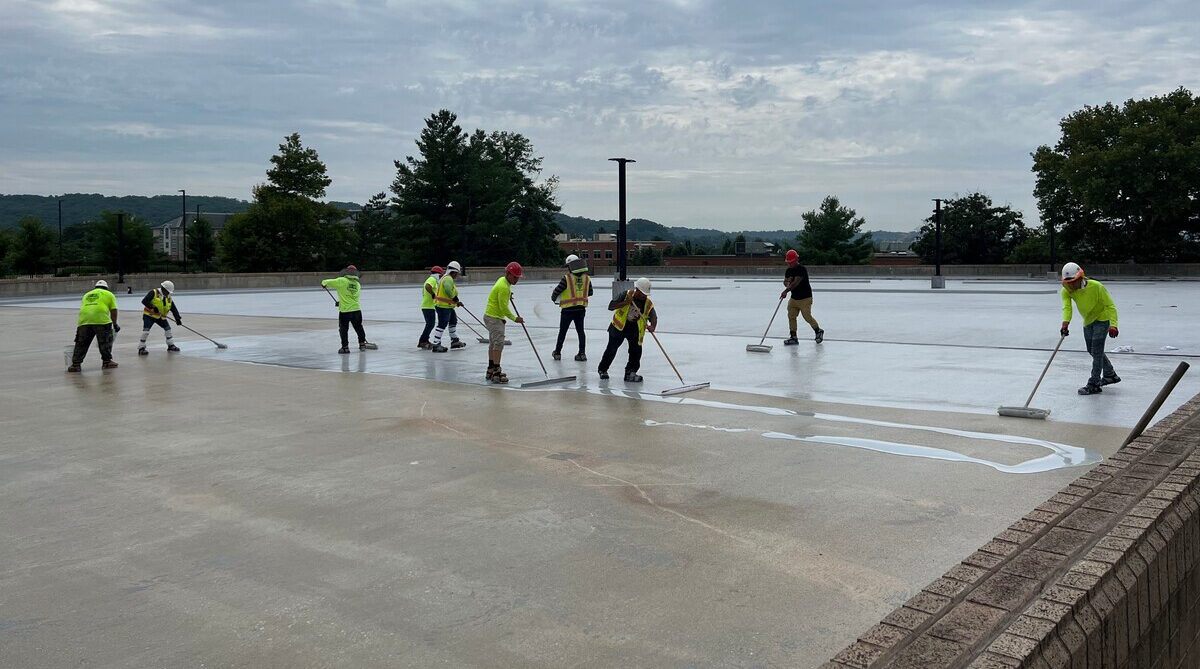Types of Commercial Caulking & Sealants Used for Commercial Building Waterproofing
Weather and waterproofing buildings are essential to keep unwanted water, pests, and other potentially dangerous pathogens out. These elements reduce structural integrity, value, and compromise safety of tenants . Commercial caulking is one way to ensure the building is protected. Caulk is an easy sealant choice considering its versatility and simple application.
Commercial application of caulk protects the building, the business, and the clients in one fell swoop. Using a silicone or polyurethane sealant strengthens the building envelope. For review, here are a few things to know about the types of caulking available.
Why Commercial Caulking Is Much More Than Just a Broad Type of Sealant
Caulk is an extremely flexible sealant in that it binds to almost any surface. The sealant can bridge any gap on glass, concrete, wood, ceramic, plastic, masonry or metals. Protecting the building envelope is essential to structural integrity. It keeps mold and other pathogens from growing. Waterproofing lowers an owner’s liability and costs. Protection of this magnitude is invaluable.
Two Primary Types of Commercial Caulking Exist
In commercial caulking projects, many different types of sealants are available in the contracting world. While the caulk is generally universal, there are two types of commercial caulking to choose from: polyurethane and silicone.
As explained by AKFIX.COM, “polyurethane is an organic material. Silicone is an inorganic material. Polyurethane sealants’ properties such as hardness, adhesion strength, thixotropy, and flexibility can be easily manipulated according to need. Its mechanical strength and adhesion strength can be increased to extremely high levels compared to silicon.” While these make for slight differences, both achieve the same end goal. They prevent moisture from penetrating the building envelope. Contractors must know the difference, limitations, viscosity, and resistance of the two primary materials used in commercial caulking. That’s why it’s crucial to choose the right caulking for each project. Silicone is most commonly used in commercial projects, but there are situations when polyurethane use is satisfactory and even necessary.
When to Choose Polyurethane or Silicone
Commercial caulking is an easy choice for sealant. However, choosing the best type of caulk for the building envelope is essential. The main differences between silicone and polyurethane are:
- Polyurethane is better for natural surfaces, such as wood or stone, and silicone fails when used on wood.
- Silicone is the preferred option for glass, metal, or tile.
- Silicone protects against ultraviolet rays, prolonging excessive breakdown.
- Silicone is known for its durability, and the breakdown time is almost twice that of polyurethane.
- Silicone dries faster, and polyurethane can take up to 24 hours to cure and dry.
- Polyurethane is a true sealant, while silicone is a joint compound.
Remember to Work With an Expert in Building Envelope Services
Building material will help a contractor determine the appropriate type of caulk to use during the waterproofing process. Employing an expert to aid the decision will eliminate the guesswork and ensure the building has the proper commercial caulking application. Contact JOBS Group for more information or a free quote.



